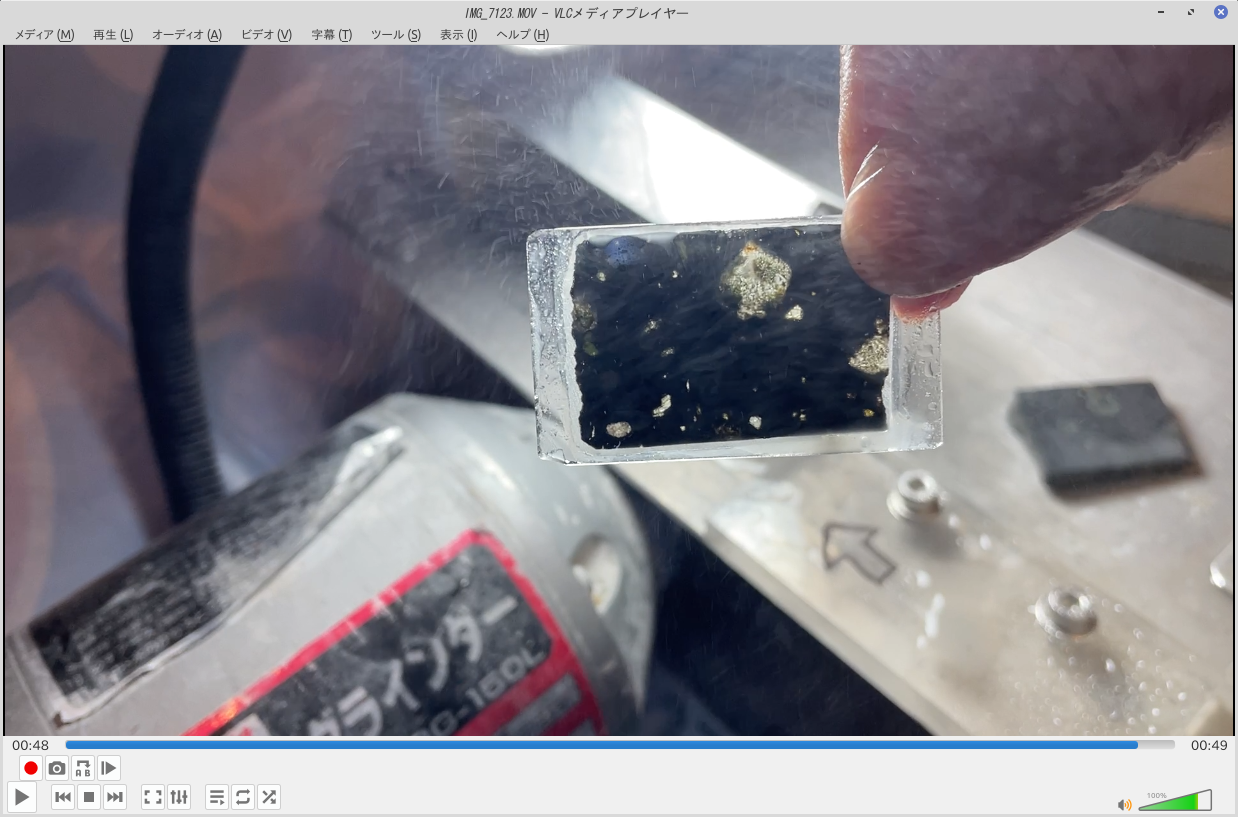

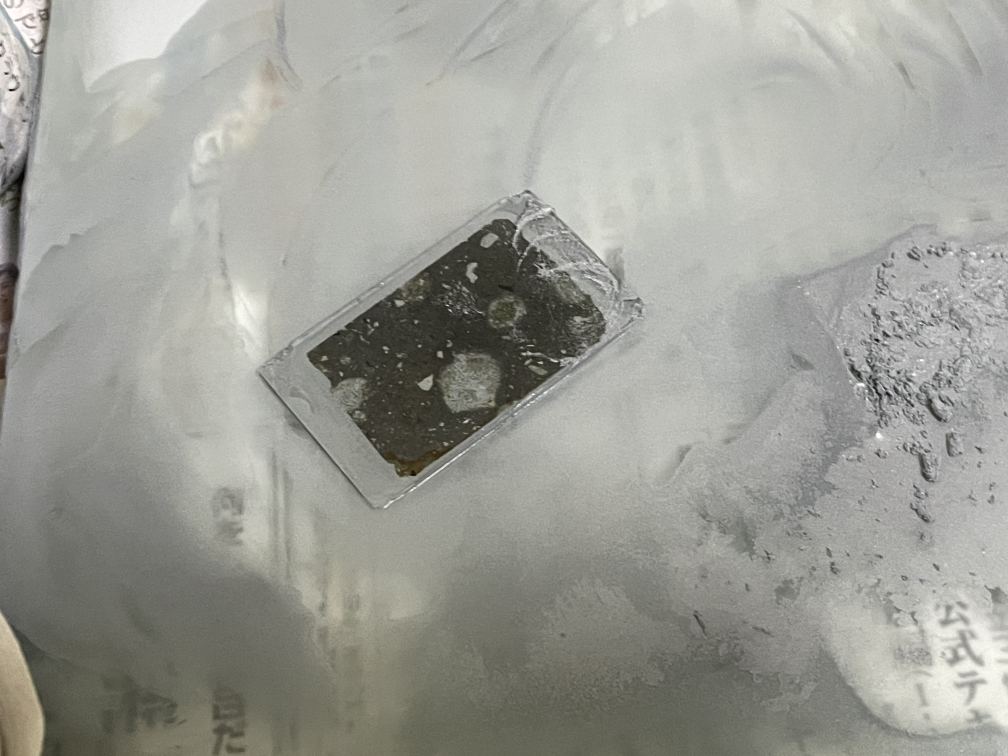

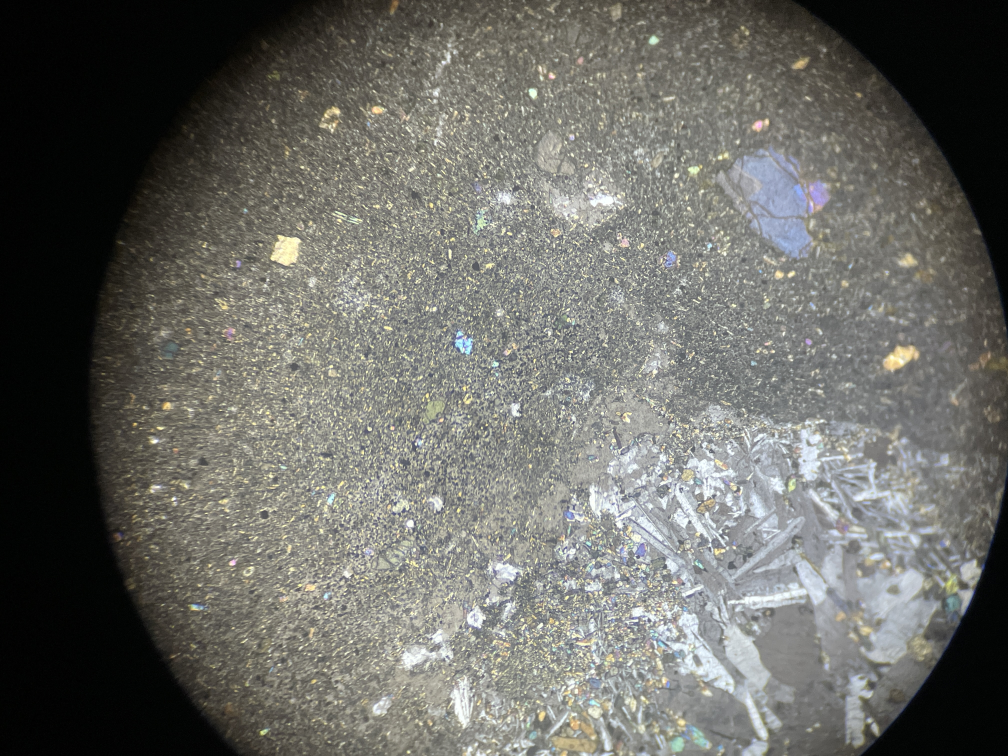
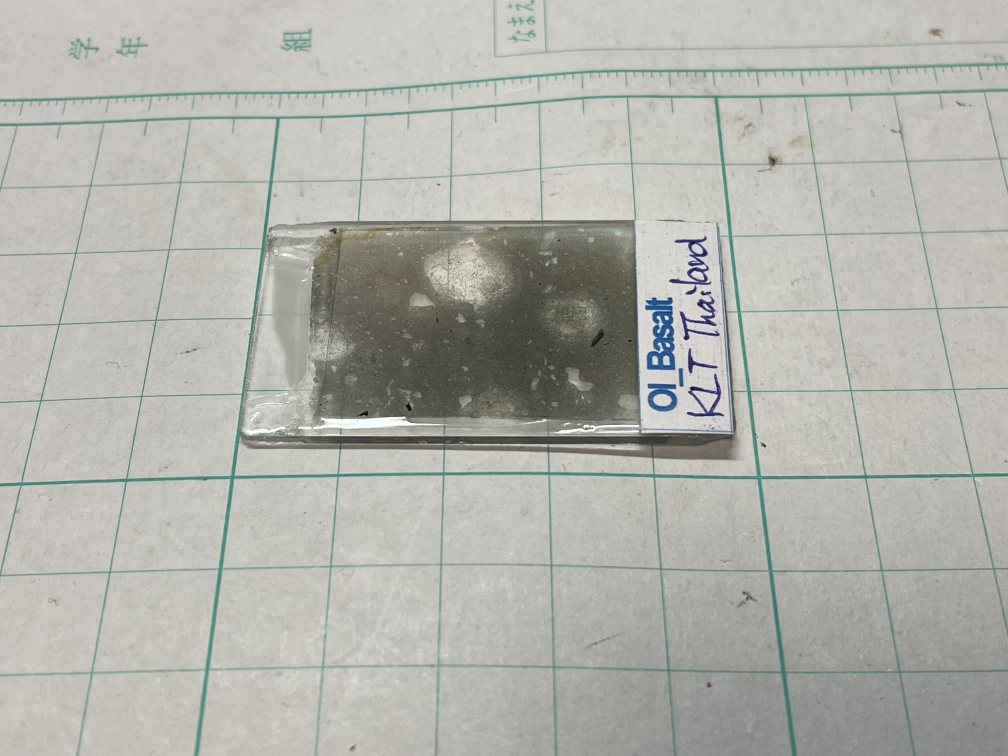
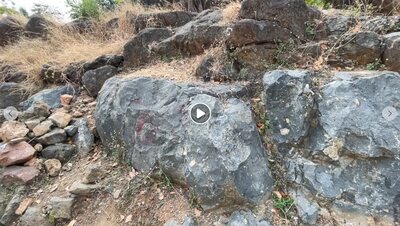
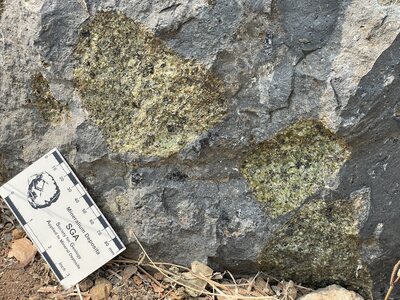
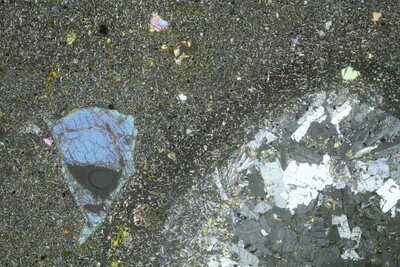 |
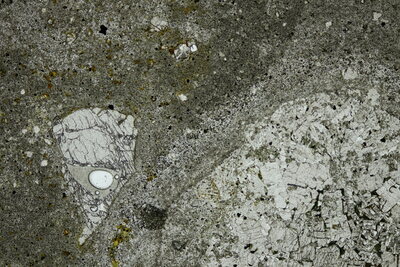 |
| The same sample above making under XPL. There is an amygdal or xenolith is seen. This seems to be a gabbro composition. | The same sample above making under PPL. Some matrix are altered brownish minerals. |
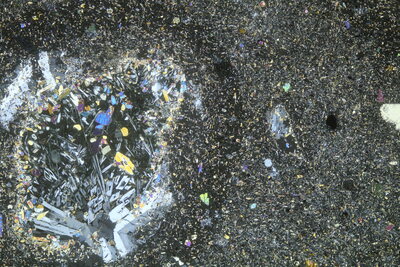 |
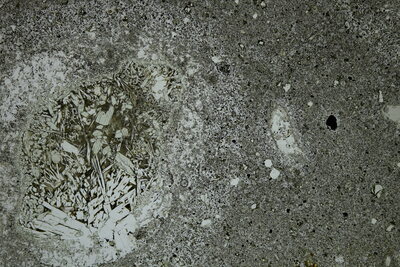 |
| Another amygdal or xenolith. The long and thin plagioclases look somewhat serpentine. Strong interference color minerals are clino-pyroxenes. | It is difficult for me to distinguish this is an amygdal or tiny xenolith. |
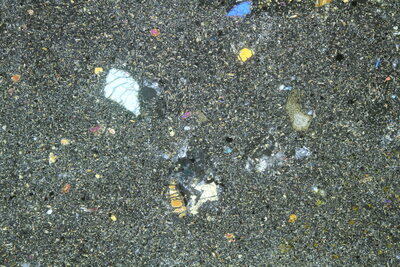 |
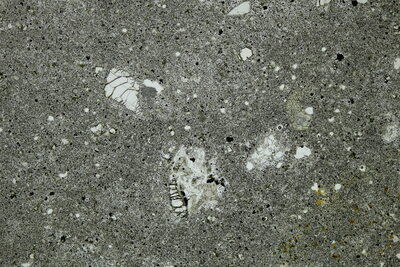 |
| Another matix part of the second sample. The left center phenocryst is an olivine. |
Phenocryst olivines are not altered by Iddingsite.
|
 |
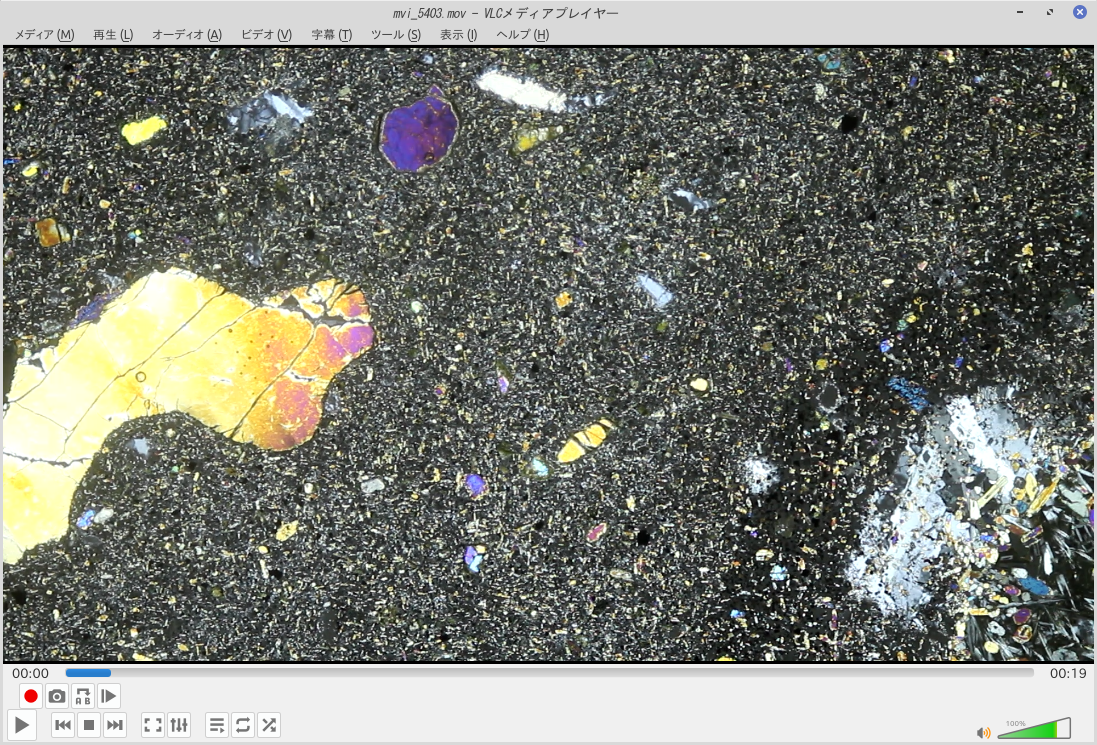 |
| Click the movie start. |
Click the movie start. |
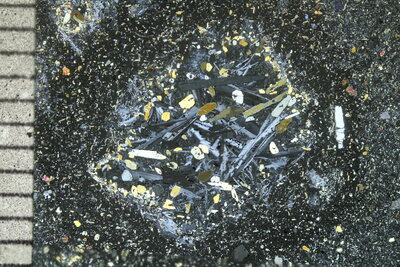 |
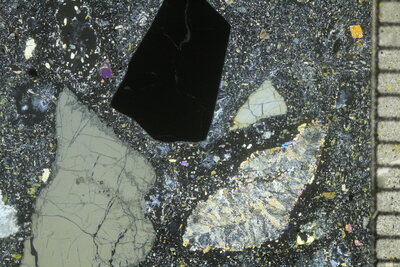 |
| I forgot to put a scale. This scale
is in 0.5mm increments. A poikilitic texture of pyroxenes is clear in
the central xenocryst. |
An opaque crystal in the center upward. |
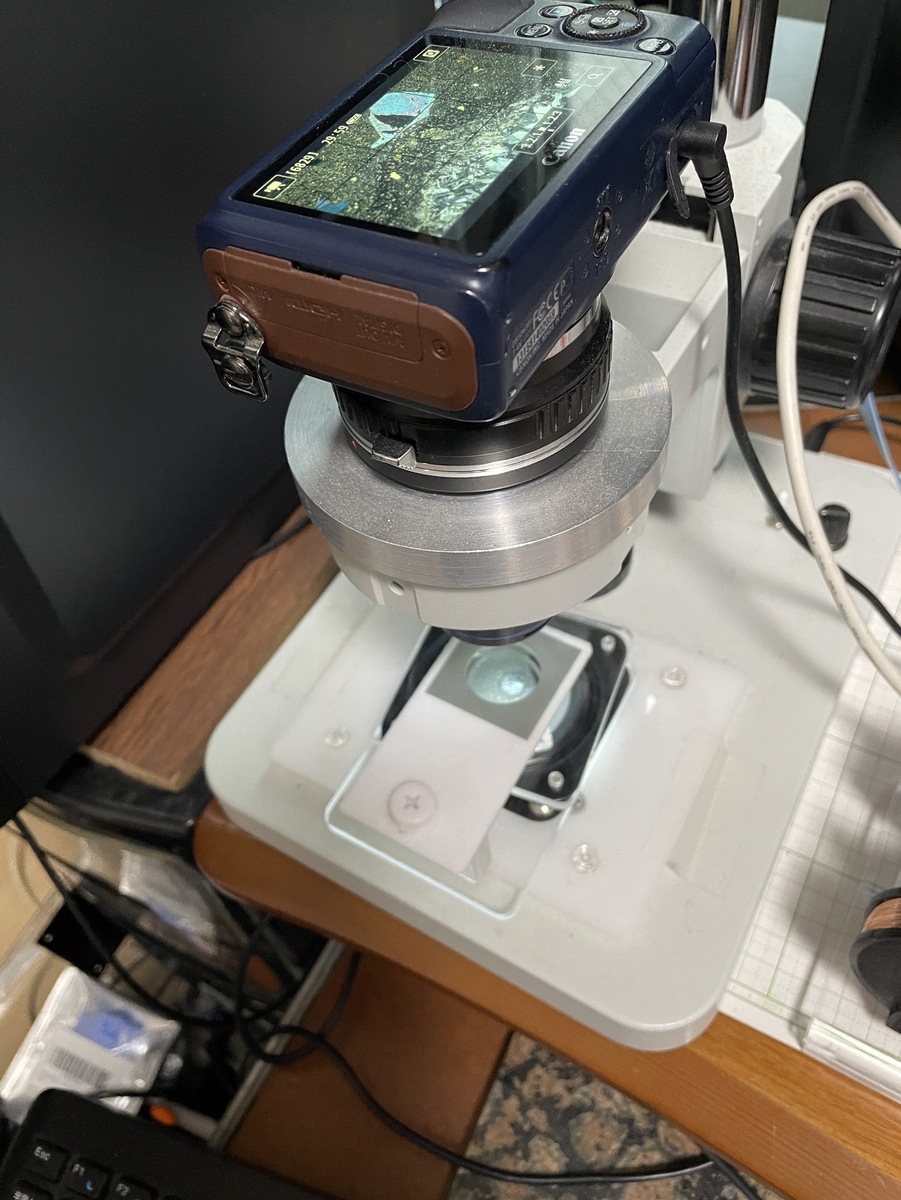 |
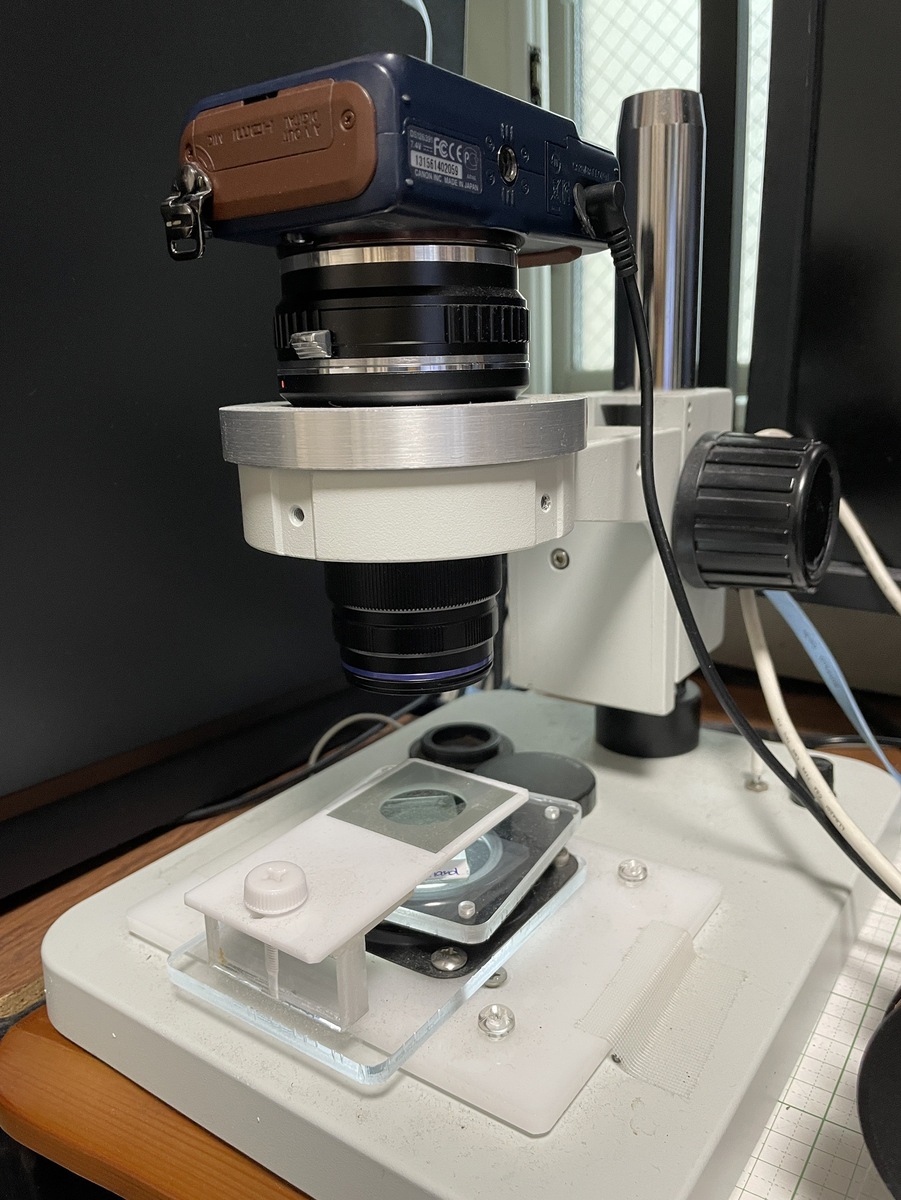 |
|
My thin-section microscope: LAOWA 25mm High-Resolution Close up Lens with Canon EOS M.
The polarized unit is also my hand-made. |
LAOWA 25mm High-Resolution Close up Lens: this is the best lens for thin-section photography in my experience.
http://www.yossi-okamoto.net/conference/EER2021_Poster.pdf |